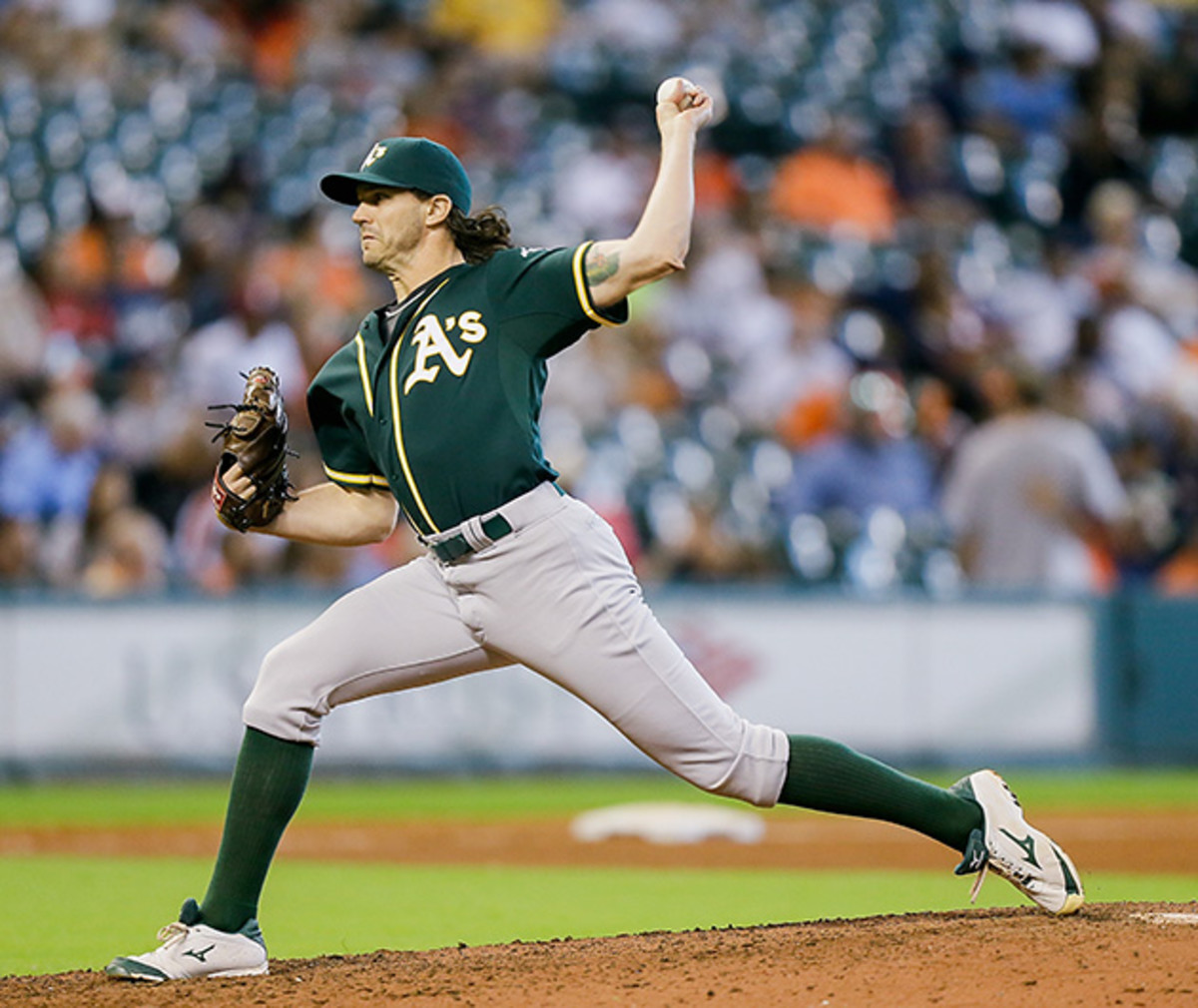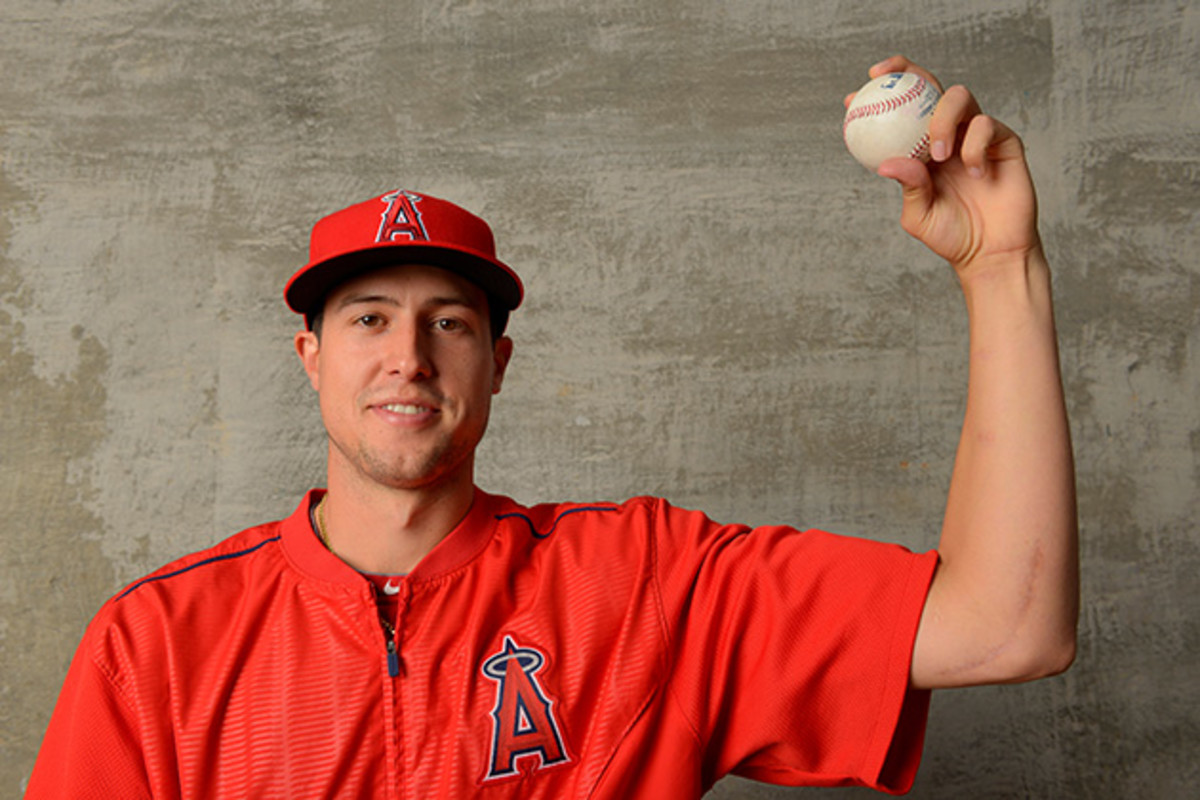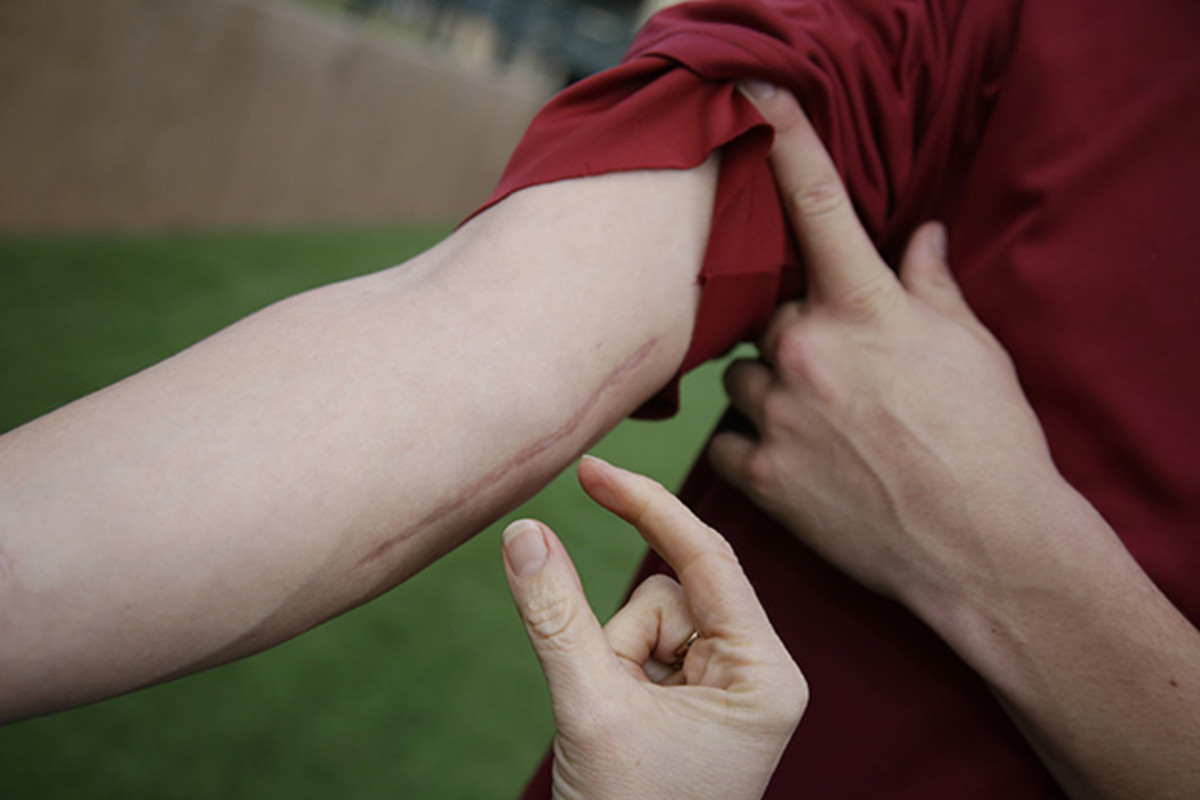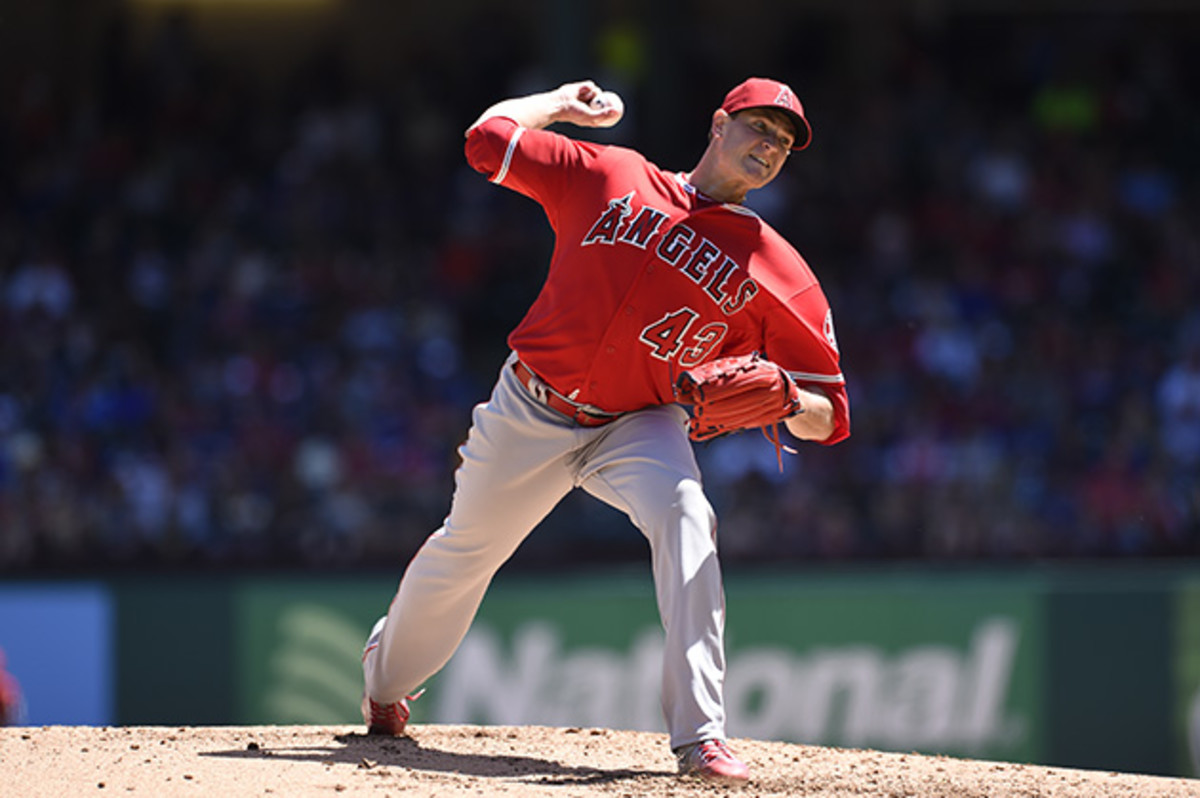Throwing fastballs—not curveballs—linked to Tommy John surgery

After picking up the grip and technique from the black and white photos of Tom Seaver’s The Art of Pitching, Barry Zito threw his first curveball at age seven. Fifteen MLB seasons and thousands of curveballs later, Zito retired with one Cy Young award, two World Series rings and a perfect elbow.
“My elbow and shoulder never bothered me when throwing a curveball,” says the former Oakland A's and San Francisco Giants pitcher.
Several generations of pitchers have been taught that curveballs are kryptonite, especially for young elbows. But research has yet to prove the theory true. Zito never required the Tommy John surgery that plagues many pitchers—and it might not be a coincidence. In fact, a recent spate of studies throw previous assumptions into question.

The first, published in the April issue of Shoulder and Elbow surgery, suggests that throwing a greater percentage of fastballs places athletes at higher risk of sustaining elbow ligament injuries. The pitchers in the study—83 major leaguers who’d had Tommy John surgery—had thrown on average 7% more fastballs than a control group.
The authors, physicians at Henry Ford Hospital in Detroit, concluded, “Stresses due to the amount of high velocity pitches thrown . . . lead to an increased risk for [ulnar collateral ligament] injury in MLB pitchers.”
MLB sees drop in Tommy John surgeries in 2016, but will it last?
The immediate takeaway might be less heat, more junk, but it’s not that simple. In May a different study, in Sports Biometrics, by James Andrews and Glenn Fleisig, the medical director and research director of the American Sports Medicine Institute, respectively, looked at 111 healthy pitchers from the youth level to the major leagues. The data showed pitch type made no difference in shoulder and elbow stress.
“The relationship of torque for fastballs and curveballs is the same for adults and kids, so this does not support the theory that curveballs are more stressful for kids and less so for adults,” says Fleisig.
Stigmatizing the pitch as too risky for pitchers, some youth leagues have even moved beyond the cautionary and wholly banned the pitch from the repertoire of young arms. But researchers also found that young pitchers don’t necessarily throw curveballs with faulty mechanics, countering the argument that young throwers are at greater risk of injury because of poor technique. In fact, given that elbow torque was highest with the fastball, poor fastball mechanics may even be a greater risk to fragile elbows.

“As research suggests that faster velocity is a risk, a pitcher’s average velocity—across all their pitches—can be used an indicator of elbow stress,” says Fleisig, meaning that continually throwing at maximum effort can lead to more arm problems than mixing in a healthy dose of off-speed pitches.
What makes that recommendation difficult for throwers of all ages is that there are performance related reasons for throwing a lot of pitches at high velocity: pitchers that throw harder are often more effective, leading them to throw a high percentage of fastballs. Peruse a list of the hardest throwers and you’ll find top tier pitchers like Matt Harvey, Jose Fernandez and Stephen Strasburg, all of whom are highly successful, yet all three possess the distinctive Tommy John scar on the inside of the elbow.
Training with Mike Trout: Angels' centerfielder feels the need for speed
For Zito, his curveball has always been his go-to pitch, even in Little League. “Since not many kids could hit a curveball, I threw it a lot,” says Zito, “I kept relying on it and throwing it in college and throughout my Major League career.”
But if the type of pitch doesn’t make a difference, why has there been a spike in elbow injuries? Researchers like Fleisig believe that demonizing curveballs or fastballs ignores the more likely risk factors—fatigue and overuse.
“It wasn’t the invention of the curveball that increased risk,” says Flesig. “it was year-round baseball.”
The epidemic of arm injuries has been fueled by a longer seasons and more pitches in a youth baseball system that sometimes disregards pitch count limits and proper mechanics. Surveys of youth baseball coaches in the U.S., Japan and Puerto Rico indicate that many coaches misunderstand or ignore the pitch count recommendations of USA Baseball and PitchSmart.org.
Fleisig’s observation comes on the heels of a May article in Arthroscopy written by a group led by White Sox team doctor Anthony Romeo. It reports that some young pitchers showed fatigue-related changes in their throwing motion after as few as 30 pitches, with the majority faltering by 90—the max workload recommended for 12- and 13-year-olds.

“Fatigue seems to be the underlying issue in most Tommy John injuries, and younger arms fatigue more quickly,” says Stan Conte, a former trainer and physical therapist for the Dodgers and the Giants and, like Romeo, a member of the Pitch Smart advisory committee.
The trend of too much and too often seems to play a significant role in poor pitching form and the resulting injuries. But interestingly, in young pitchers, fatigue-related mechanical breakdowns seem to first occur in areas that one might not expect.
“The fatigue related changes seen first in leg and core mechanics caused pitchers to open up earlier, increasing stress to the elbow and shoulder,” says Romeo. “The reality is that every throw creates forces that are high enough to tear the Tommy John ligament so it’s up to the muscles to balance that force.”
New pitching machine switches speeds without tipping the pitch
Romeo suggests strengthening the legs and to prevent arm injuries and increase performance. Throwers with stronger core, legs and arms will have their muscles absorb more of the force of pitching, reducing the strain to tendons and ligaments.
In accordance with the Pitch Smart and ASMI guidelines, Conte stresses that despite the findings that suggest that curveballs aren’t unsafe as previously thought, the pitch shouldn’t be thrown before the age of 12 and should only be used when fastball and changeup mechanics have been properly developed.
If young pitchers want to throw like Zito in the big leagues, he believes it’s safe for them to learn, using a specific approach.
“I think it’s best to try and throw the Little League—one that uses four fingers instead of the usual two,” he says. “It’s a great way to learn the mechanics of a curveball without the same wrist action.”
Training to prevent Tommy John
White Sox doctor Anthony Romeo offers three moves that build leg and core strength, which can reduce the strain on a pitcher’s arm.

Lunge rotate
Holding a medicine ball or a weight, lunge forward, dropping hips straight down and keeping foot and knee aligned. Rotate torso toward the front leg.
Front–Side Plank
Hold a front plank for 10 seconds, rotate into a side plank and hold for 10 seconds, return to front plank for 10 seconds, rotate to opposite side for 10 seconds.
Half-squat, rotate
Holding a medicine ball or a weight, execute a half-squat, alternately rotate to each side without twisting hips. Continue for 30 seconds.
